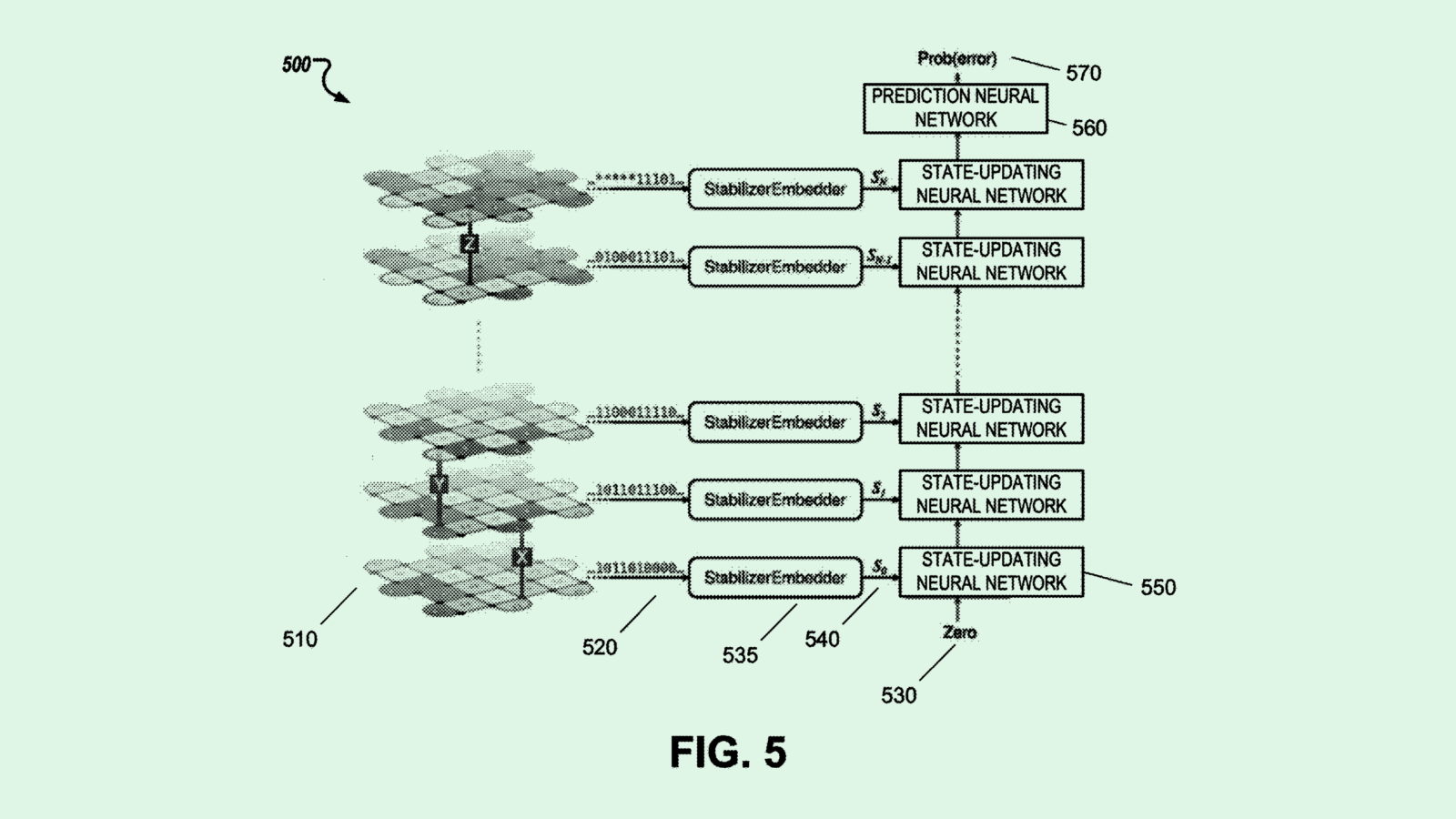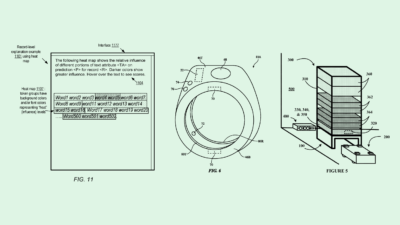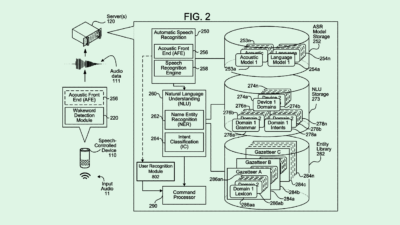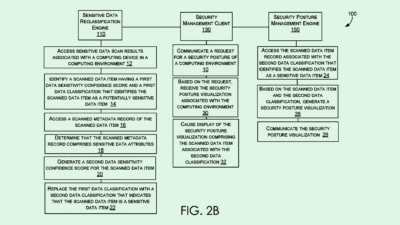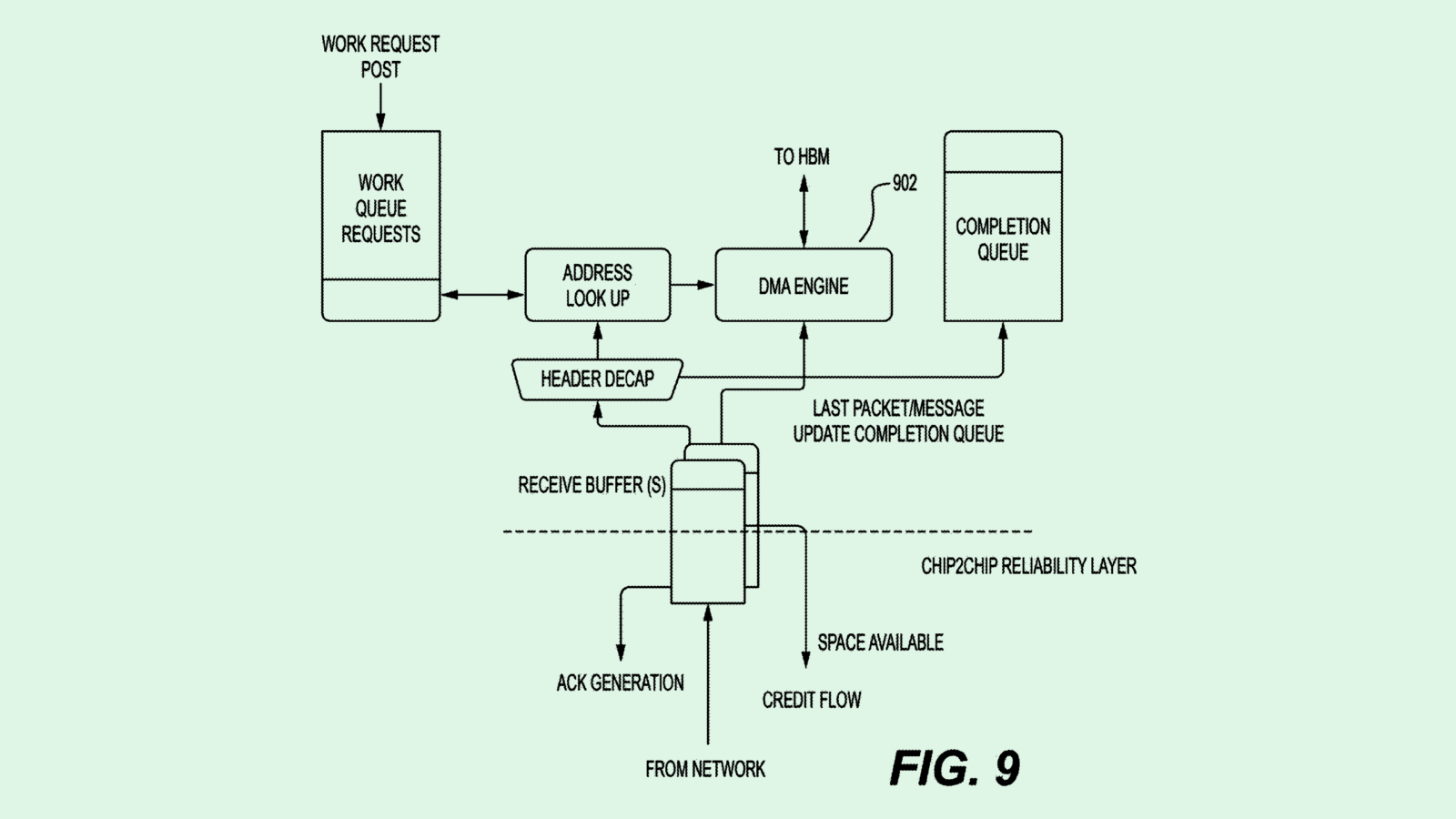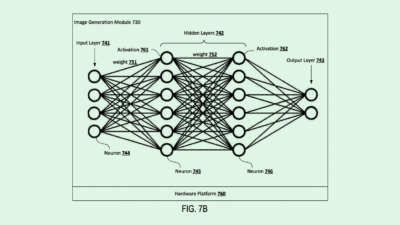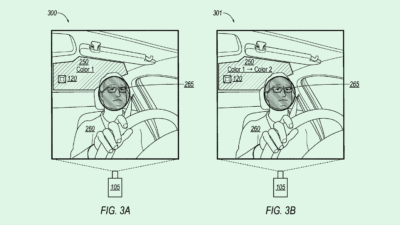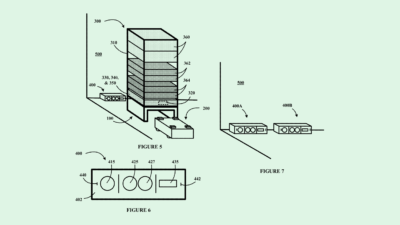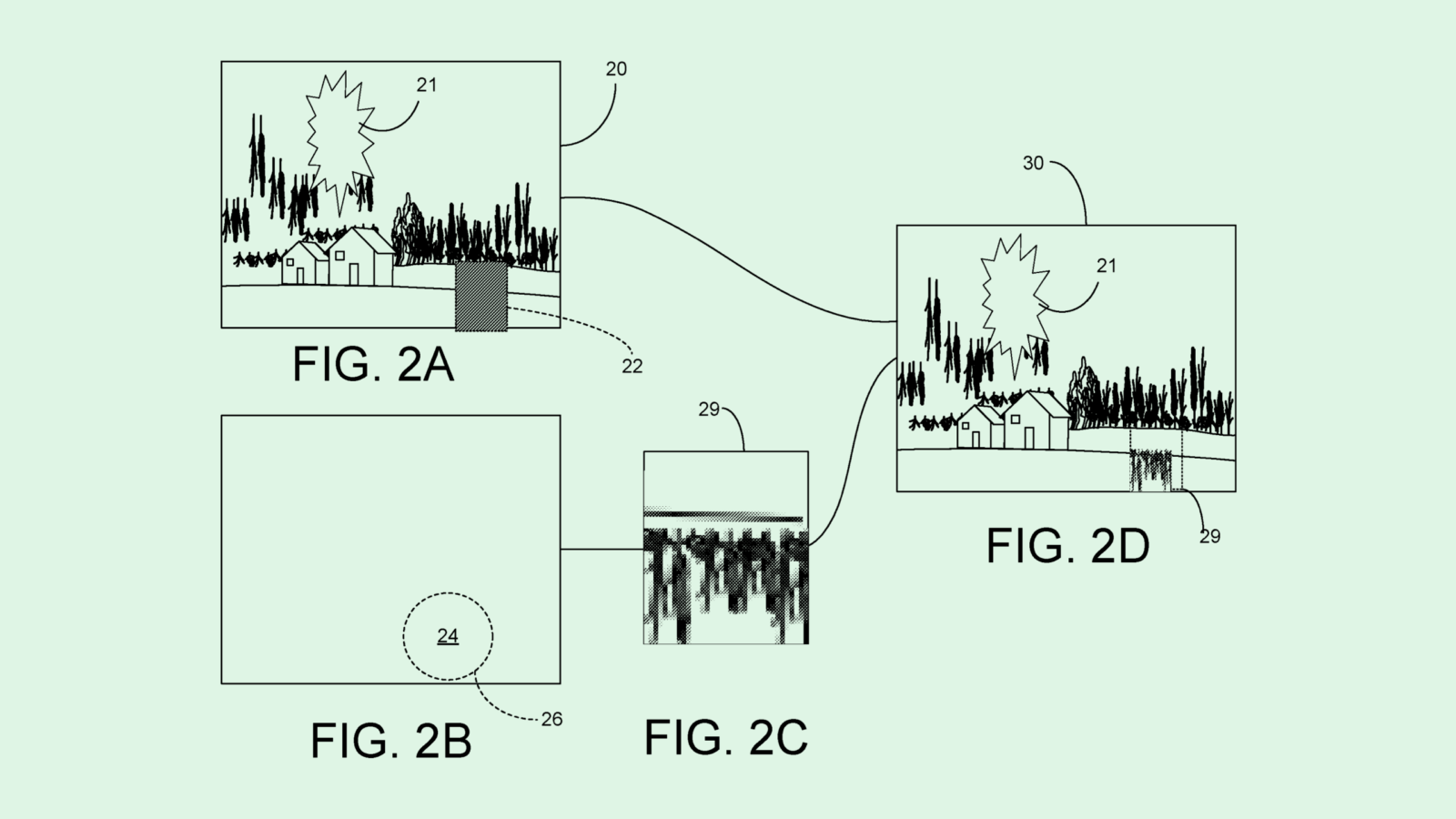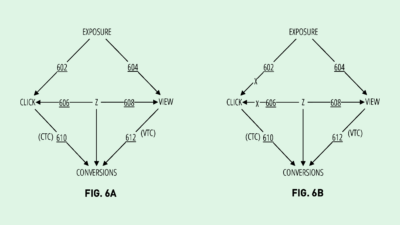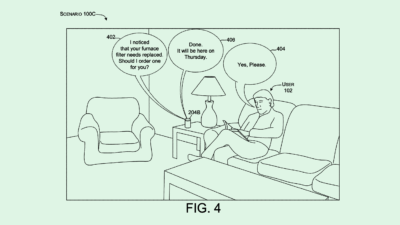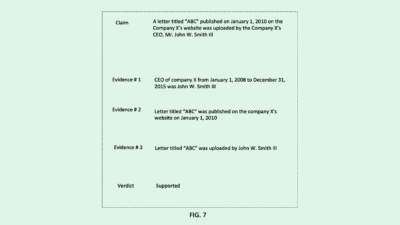Intel Patent Double Checks its Chips as it Boosts US Manufacturing
Intel’s patent for tamper-proofing its chips may help it track down broken links in the supply chain.
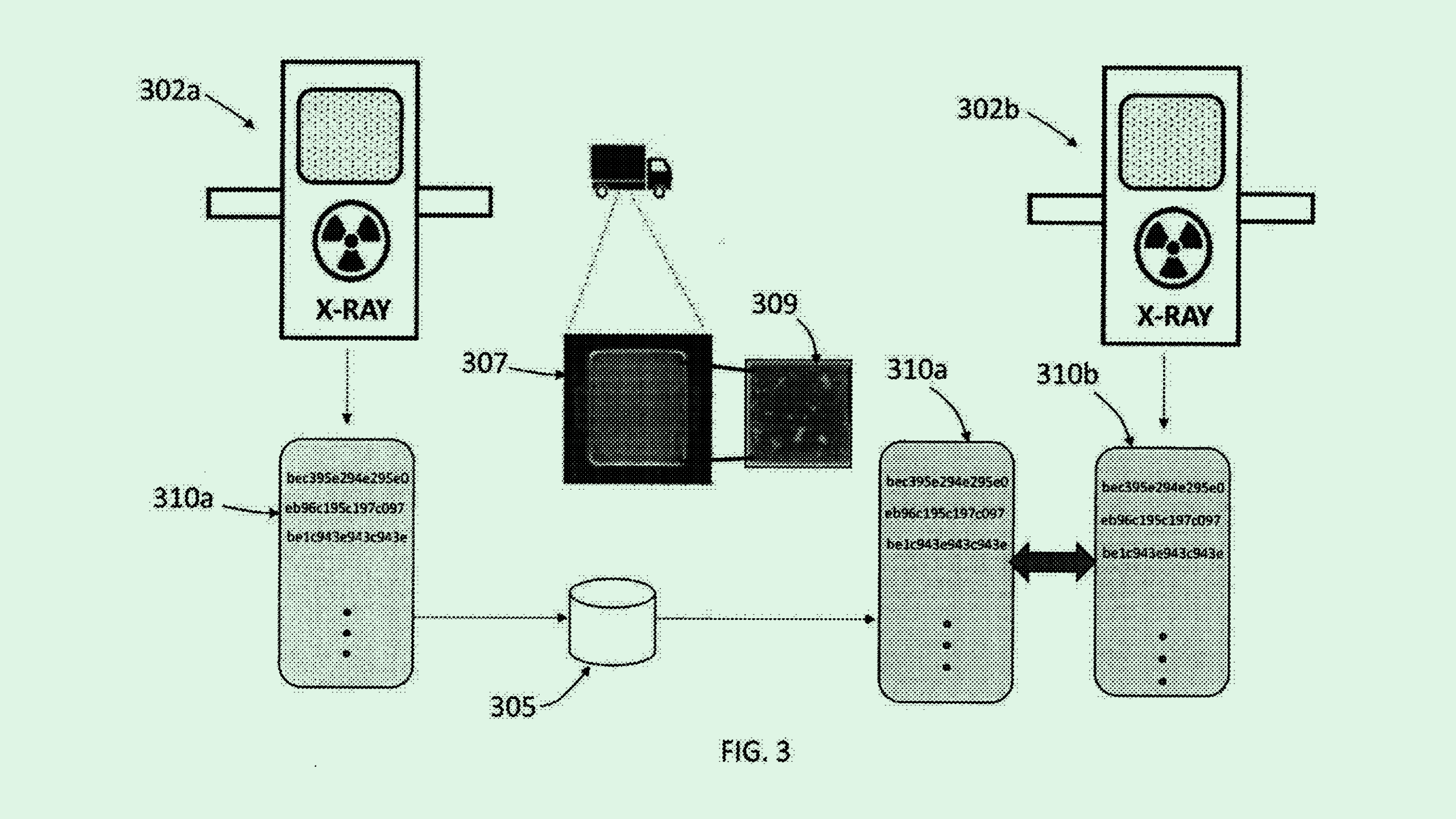
Sign up to uncover the latest in emerging technology.
Intel is making a chip and checking it twice.
The company is seeking to patent methods for “preventing the counterfeiting and tampering for semiconductor devices.” Intel’s system gives semiconductors multiple close inspections as they go from manufacturer to customer to ensure that fake chips aren’t running amok.
Intel notes that counterfeit chips present a major security risk if they infiltrate “critical applications in the military and medical sectors. Identifying them is difficult, however, if they’re “functionally equivalent” to authentic ones. “The security measures need to begin with the manufacturers and continue through the supply chain to a final authentication by the end consumer.”
Intel’s system aims to authenticate its chips via physical security mechanisms and digital security methods. For physical security, Intel’s system relies on laser-marking tools and X-ray inspection tools to leave behind and capture specific etchings for “unit-specific variations.” This X-ray tool also checks for non-critical defects that may be unique to that specific chip.
Those markings serve as unique identifiers, or “fingerprints” for the chip, which are then converted into a “digital hash,” or a string of characters that serves as a digital identifier. As the chip moves from manufacturer to logistics to delivery to customer, these fingerprints are re-hashed via the same hashing algorithm that created the original digital hash, and compared along the way. If the chip is authentic, then the digital hashes will be “substantially overlapping,” Intel noted.
This kind of inspection as the components trade hands helps prove both the authenticity of the device and if something goes wrong can help track down cracks in the supply chain.
Dedicated Patent Drop readers may recognize this filing from our “Extra Drops” section in late February. However, given that this patent comes from federally sponsored research, and that Intel is in the news for its massive government grant to plunge into its chip factories, we felt it fitting to bring it back around.
The company was awarded $8.5 billion from the Biden administration as part of the CHIPS Act, legislation that was passed in 2022 to boost US semiconductor manufacturing. The company also could receive another $11 billion in loans via this deal. The company said the funding would go to factories and research centers in Arizona, Ohio, New Mexico, and Oregon. Intel CEO Pat Gelsinger noted that the Ohio factory would specifically be for the fabrication of AI chips, both for its own needs and for other chip designers.
The company’s effort to boost US manufacturing of chips could lead to around 20% of logic chips being produced domestically, “reducing dependency on Asian manufacturing,” said Ido Caspi, research analyst at Global X. “Through its grants and investments, Intel aims to position the US as a key player in the production of cutting-edge logic chips, currently manufactured exclusively overseas,” said Caspi.
This could also aid its efforts in the AI race, said Caspi. As it stands, Intel is far behind the likes of Nvidia, which reportedly holds 80% of the AI chips market share. However, the company’s position as both the designer and manufacturer could set it apart in the industry, he noted. Constructing plants that are capable of producing chips for both itself and other firms that don’t manufacture their own chips, such as Nvidia and AMD, may also set Intel up for success.
“These capabilities position Intel to potentially increase its market share in the AI chip sector significantly in the coming years, leveraging its dual role to cater to a broader spectrum of the market’s needs,” said Caspi.
Plus, as this patent specifically aims to keep its chips on lock, adding an extra layer of security to verify quality only serves to help its quest for market share.
